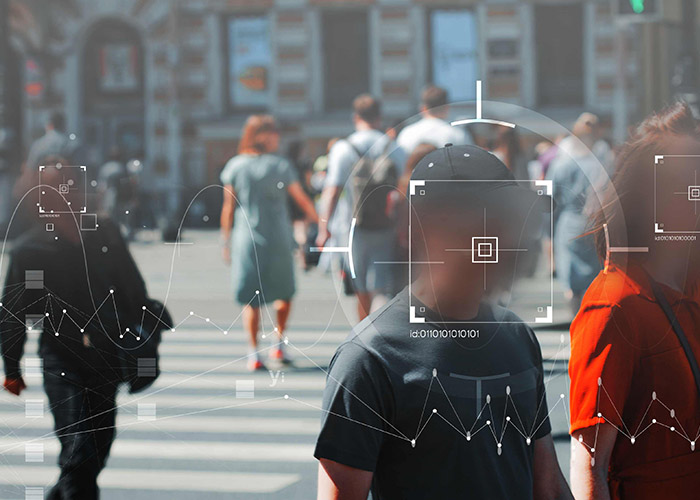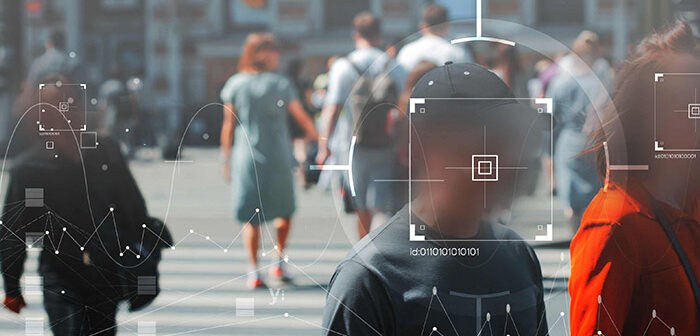
NEC Corporation will launch new biometric authentication technology that can quickly authenticate large numbers of people simultaneously, even while in motion. The system is expected to accelerate admission and reduce congestion for busy events and infrastructure. NEC will begin rolling out the system in September 2024, initially focusing on Japan, the United States, and Singapore.
Traditionally, when large numbers of people have converged on areas such as theme parks, offices, and factories, heavy congestion has occurred, together with long lines at flapper gates and security screening areas.
NEC has promoted and developed its facial recognition technology, which is now in use in more than 50 countries worldwide, including at 80 airports across various applications, such as immigration, customs declarations, boarding procedures, and hospitality solutions.
This new system features NEC’s world-class face recognition technology and matching technology, which evaluates the characteristics of movement and clothing to quickly detect persons in designated areas. The new system can continue to biometrically identify persons even as they pass through crowded areas.
In addition, the system can authenticate large numbers of people while they are in motion, including as many as 100 persons per minute in real-time. Since the system does not require gates, as is the case with conventional admission control systems, it reduces lines and congestion without expanding or adding to existing facilities, thereby improving convenience and efficiency. When a person whose face image has not been registered attempts to pass, the system can provide visual alerts on a display or illumination installed overhead or on the floor.
NEC introduced this system for employees at its headquarters in Tokyo in July 2024. In recent years, visitor number to airports, train stations, tourist attractions and other amusement facilities in Japan have risen sharply. At the same time, however, facility expansions and additions to alleviate congestion have not kept pace. At airports, the number of passengers in Japan is projected to double by 2041 compared to 2019, and there is a need to improve the efficiency of passenger services.
System features include:
-
Simultaneous authentication of multiple people in real-time: This system enables simultaneous authentication of a large number of people in real-time and allows users to pass through without stopping, thereby improving authentication efficiency. In various usage scenarios, such as airports and amusement facilities, this system will contribute to easing congestion and improving operational efficiency.
-
Easy installation: This system can be deployed with as little as a single camera (minimum configuration) and a small, palm-sized edge terminal incorporating hardware acceleration technology. This enables deployment in a variety of locations and cost-effective expansion.
-
Flexible integration with a variety of applications to meet corporate needs: This system can be flexibly implemented to meet corporate needs, and can be used in various use cases through integration with various applications. In the future, the system can be combined with AR glasses and other devices to enhance both security and hospitality.






